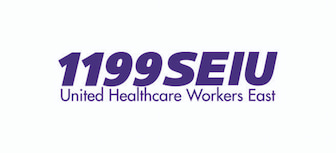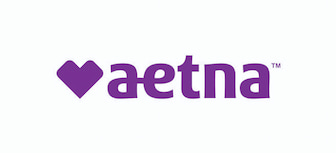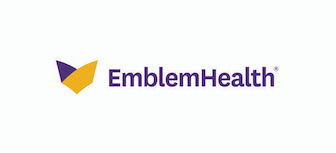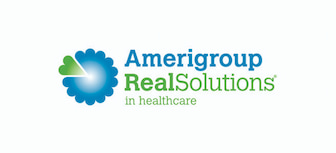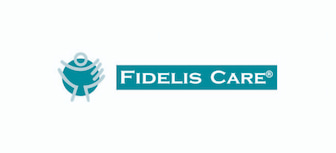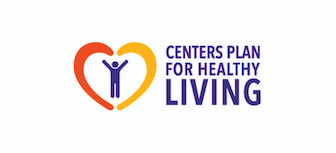What Is Physical Therapy?
Physical therapy, also called physiotherapy, is a field of medicine that focuses on the diagnosis, treatment and prevention of musculoskeletal disorders. Its practitioners, physical therapists, use various techniques to improve your mobility, reduce your pain and enhance your body functions. Depending on your condition and goals, your therapist designs a personalized treatment plan to meet your specific needs.
The best physical therapists in New York City apply evidence-based practices to address a wide range of physical ailments. Through targeted interventions, exercises and education, physical therapy can improve your quality of life, helping you achieve optimal health and well-being. The goal of every NYC physical therapy practice is to remove physical limitations for all ages. Book your appointment with a nearby New York City physical therapy office to start your journey toward a pain-free, healthier life.
How Can Physical Therapy Benefit Me?
Physical therapy offers numerous benefits that boost your health while minimizing any discomfort. By following your physical therapist’s exercises and advice, you can regain independence and perform your daily tasks with greater ease. Whether you’re recovering from an injury or surgery, managing a chronic condition or looking to improve your overall physical health, physical therapy is an invaluable resource.
The advantages of physical therapy in New York City include:
- Injury prevention
- Chronic pain management
- Post-surgical rehabilitation
- Improved balance and coordination
- Enhanced physical fitness
- Increased mobility and flexibility
Another advantage is that physical therapy reduces your reliance on pain medications. Through personalized exercise programs that you repeat at home, you become an active stakeholder in your own recovery. This empowerment also leads to a better understanding of your muscular system.
What Conditions Does New York City Physical Therapy Help Treat?
Physical therapy treats a wide range of conditions, from acute injuries to chronic pain. When you build a collaborative relationship with your physical therapist, you gain a knowledgeable ally who understands the interaction between muscles, tendons, ligaments and bones. Your therapist creates an individualized treatment plan that targets your pain points to heal and strengthen them.
Conditions that need New York City physical therapy include:
- Orthopedic conditions like osteoarthritis, fractures, sprains, carpal tunnel syndrome and tendonitis
- Some neurological disorders like stroke, Huntington's disease and peripheral neuropathy
- Sports-related injuries, such as ACL tears, tennis elbow, rotator cuff injuries and shin splints
- Post-surgical recoveries for invasive procedures like joint replacements, spinal surgeries and arthroscopic surgeries
- Chronic pain management for conditions like fibromyalgia, chronic back pain and complex regional pain syndrome (CRPS)
- Pediatric conditions, such as cerebral palsy, developmental delays and muscular dystrophy in children
- Cardiopulmonary conditions like chronic obstructive pulmonary disease (COPD), heart failure and post-heart attack recovery
- Women's health issues, such as pelvic pain, urinary incontinence, prenatal and postpartum recovery and diastasis recti
- Balance and vestibular disorders like vestibular neuritis or Meniere’s disease
- Geriatric conditions like osteoporosis and fall prevention in the elderly
Physical therapy is also effective for treating back pain, a leading work-related injury. Research has shown that those who’ve undergone physical therapy for lower back pain have experienced significant improvement. And while some insurance policies pay for physical therapy in New York City, it has reduced medical costs by as much as 72 percent.
What Happens During a Typical Physical Therapy Session?
Your physical therapist starts with a functional diagnosis by testing your strength, movement patterns, flexibility and range of motion. The focus is on how your condition impacts your body’s physical function and mobility.
After the initial assessment, your physical therapist plans the next steps. Most physical therapy sessions involve a:
- Discussion on your therapy goals
- Assessment of your medical history and present issues
- Hot or cold therapy as necessary
- Hands-on techniques like massage
- New stretching and exercise routine
The road to better mobility doesn’t end with a single physical therapy session. You likely need once or twice a week sessions for six to eight weeks. Through continuous feedback, your physical therapist adjusts your treatment plan to meet your evolving needs. This personalized care ensures your treatment remains effective with the best possible outcomes.
How Do I Know If a Physical Therapist Is Right for My Condition?
Choosing the right physical therapist enhances the effectiveness of your treatment and recovery. You may get a recommendation from your primary care doctor, but you’re always free to choose a therapist based on your preferences, condition or insurance coverage.
Consider a specialized physical therapist if appropriate, such as:
- Orthopedic
- Hand, arm or shoulder
- Foot, ankle or leg
- Occupational
- Sports
- Neurological
- Pediatric
- Geriatric
- Aquatic
- Cardiovascular and pulmonary
- Pulmonary
- Women’s health
- Vestibular
- Oncologic
Keep in mind your comfort level as physical therapy may require weeks or even months of sessions. Find a therapist who’s easy to talk to. When you and your physical therapist are on the same page, your healing process may become faster.
What Techniques and Modalities Are Common in Physical Therapy?
Physical therapy sessions often start with heat or ice modalities to reduce inflammation and pain. The types of heat therapy include hot packs, infrared therapy or paraffin therapy to relax muscles and increase blood flow. Cryotherapy uses ice packs or ice baths to constrict the blood vessels in acute injuries.
Therapeutic exercises improve strength, flexibility and endurance. Manual therapy techniques like joint mobilization improves joint movement, while soft tissue massage combats muscle tension. Myofascial release therapy through specialized massages destresses your muscles and removes constrictions in your connective tissues.
NYC physical therapy modalities and techniques may include:
- Transcutaneous electrical nerve stimulation (TENS)
- Neuromuscular electrical stimulation (NMES)
- Ultrasound therapy
- Traction
- Iontophoresis
- Low-level laser therapy (LLLT)
- Biofeedback
- Kinesio taping
- Aquatic therapy
How Does My Physical Therapist Speed My Recovery?
A faster recovery is possible if you follow the advice of your physical therapist. Throughout your sessions, your therapist creates guided exercises and techniques for your specific body type and medical condition. By sticking to the routine, your body gradually regains flexibility and mobility.
Additional ways physical therapy speeds up your recovery include:
- Customized plans, including dietary suggestions
- Adoption of healing techniques to strengthen muscles and joints
- Collaboration with other healthcare professionals
- Posture correction and body mechanics education
Motivation also has a big impact on recovery. Your physical therapist gives advice and helps you gain confidence. Easy communication with your physical therapist enables your healing process. Additionally, by conscientiously doing the recommended stretches and exercises at home between sessions, your body heals more quickly.
How Do I Choose a Physical Therapist?
Choosing one of the best physical therapists in New York City starts by confirming the credentials and licenses to ensure they comply with the state’s requirements. Most physical therapists have a Doctor of Physical Therapy (DPT) degree and specialization certificates in fields like orthopedic physical therapy.
Other factors to consider include:
- A convenient location with the latest equipment and technology
- Experience and expertise, especially with conditions like yours
- Continuing education to maintain certification
- Communication skills, including speaking your native language
- Specialized services, as needed
- A patient-centered approach
- Positive online reviews from former patients
- Insurance coverage
You find many benefits to physical therapy in New York City, and your primary care doctor may recommend these services to help you heal faster and stronger. Look for additional information like home visits when you search for your physical therapist. Book your appointment when you’ve found the right physical therapist.


 My BestDoc
My BestDoc
 Future Appointments
Future Appointments
 Settings
Settings
 Sign out
Sign out
